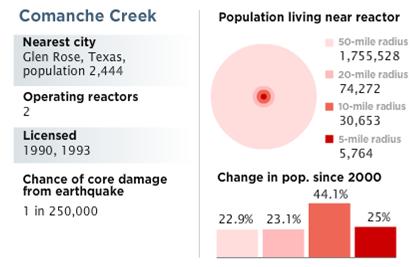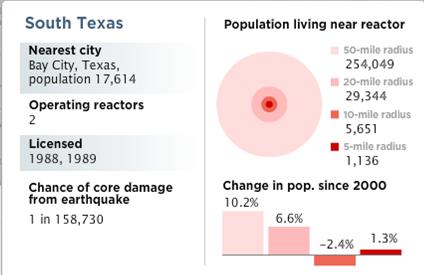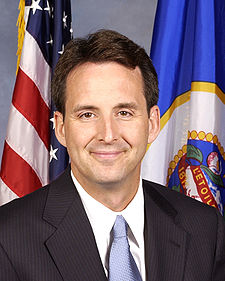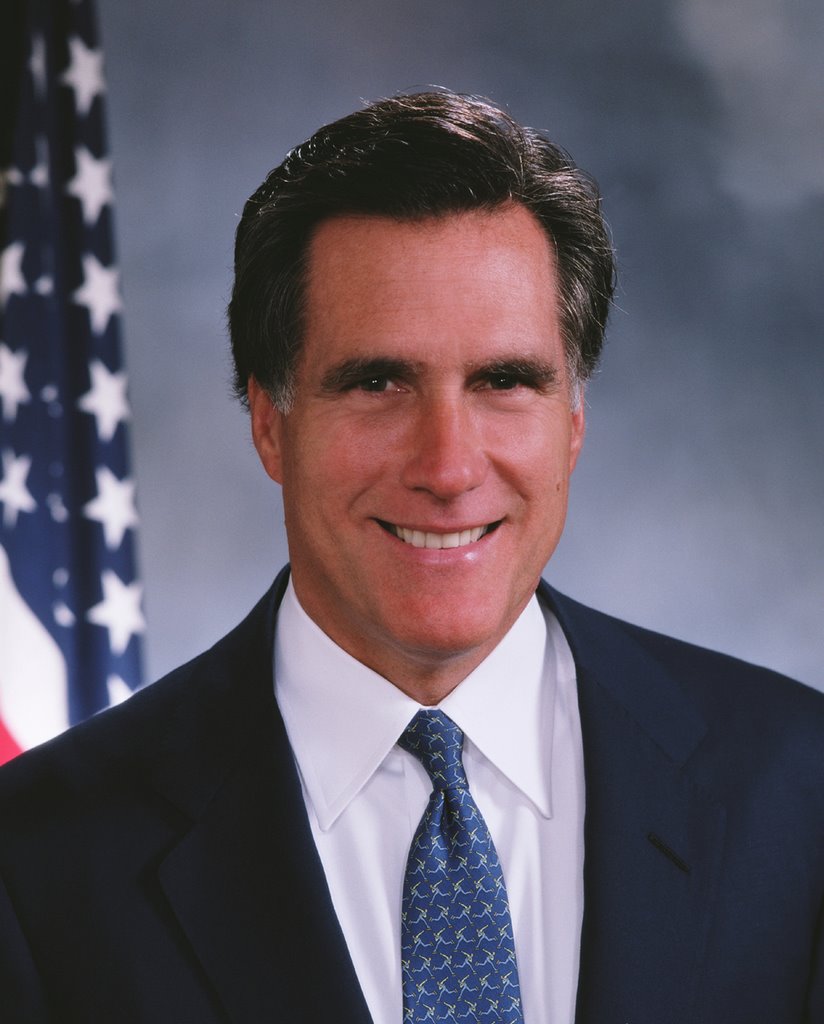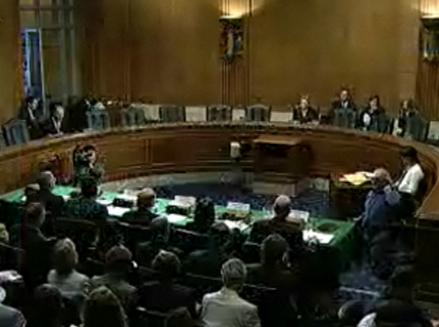 In an earlier blog we mentioned the hearings on Capitol Hill being held by the Senate Committee on Environment and Public Works on the implications of Japan’s nuclear accident for the United States. Besides the concern that the nation’s nuclear safety rules had failed to consider the possibility of losing both off-site power from the electric grid and on-site emergency diesel generators. (NRC Commissioner George Apostolakis said that this condition produces a station blackout, and the commission has a rule covering such blackouts, but Mr. Jaczko said that the thrust of the statement was that the agency had not thought enough about a single event that would damage both the grid and the diesel backup generators, causing a plant to take longer to recover), there was testimony about the spent fuel rods.
In an earlier blog we mentioned the hearings on Capitol Hill being held by the Senate Committee on Environment and Public Works on the implications of Japan’s nuclear accident for the United States. Besides the concern that the nation’s nuclear safety rules had failed to consider the possibility of losing both off-site power from the electric grid and on-site emergency diesel generators. (NRC Commissioner George Apostolakis said that this condition produces a station blackout, and the commission has a rule covering such blackouts, but Mr. Jaczko said that the thrust of the statement was that the agency had not thought enough about a single event that would damage both the grid and the diesel backup generators, causing a plant to take longer to recover), there was testimony about the spent fuel rods.
At Fukushima, the spent fuel rods stored on site posed as grave a threat as the reactor cores. They are packed with uranium, are very unstable and generally not well-protected. NRC Chairman Gregory Jaczko, when asked by Sen. Tom Carper about the spent fuel pools in the United States, admitted that “we have not given that enough attention.”
Jaczko also said that until Fukushima, the NRC had never really considered the possibility that multiple reactors or even multiple plants could fail at the same time, due to some sort of large-scale natural disaster or other event. “Our traditional approach has always been to assume a single incident at a single reactor,” he said. “Clearly Fukushima-Daiichi showed us that we have to consider the possibility of multiple units at a single site, perhaps multiple spent fuel pools being affected at the same time.”
Commissioners also had no answers about how to fix backup power systems so that they continue to cool nuclear material in the event of a major power outage. The batteries at Fukushima ran for only eight hours, in the United States, the standard length is only four hours. NRC commissioner George Apostolakis testified that he was not sure what action would/could be taken to address the problem.
Amidst these less-than-inspiring answers, larger questions loom about nuclear regulation. The NRC has frequently been criticized as too close to the nuclear industry (not unlike Japan’s admission in a draft report to the IAEA, that its nuclear regulator was run by a ministry, which has been the chief promoter of nuclear energy for decades – click here to read our earlier blog on the IAEA report).
During the 2008 campaign, President Obama, while promoting nuclear energy as the electric power source of our future, called the NRC “a moribund agency…captive of the industry it regulates,” but little was done to bring it back to it’s primary mandate of being the watchdog for nuclear safety. Rather, the NRC has been more of a cheerleader for the industry, even after the Fukushima disaster. A Wall Street Journal MarketWatch article highlights this point:
The Obama administration is considering whether to intervene in a legal dispute between Entergy Corp and Vermont over continued operation of the state’s only nuclear plant, two officials familiar with the matter said Thursday.
At issue is whether the state has the authority to block Entergy’s bid to continue operating the Vermont Yankee plant beyond March 2012. Typically, federal regulators have jurisdiction over the licensing of nuclear reactors.
During a Senate hearing Thursday, Sen. Bernie Sanders (I., Vt.) and Kristine Svinicki, a member of the U.S. Nuclear Regulatory Commission, said the Justice Department is weighing whether to intervene in the case.
“The litigation posture of the United States is under active deliberation by the Justice Department and they’ve asked that in our testimony today we not comment any further,” Svinicki said, citing an exchange between her staff and the department.
A Justice Department spokesman declined to comment.
Sanders also said the Justice Department had consulted the five-member nuclear commission about the issue and that on Wednesday, commission had privately voted, 3-2, in favor of federal intervention in the case. None of the commissioners would confirm the specifics of that vote, citing the need to keep legal matters private.
Another member of the commission, William Ostendorff, said the discussions between the Justice Department and the nuclear agency were “a matter of whether or not the NRC has an interest in this case, dealing with pre-emption issues.”
“The political reality is that the DOJ is going to have to make a decision,” Sanders responded. Earlier in the hearing, he told the commissioners, “in my very strong opinion, it is not your business to get involved in that fight.”
Entergy wants to extend the life of its Vermont Yankee plant beyond March 2012, but has run into opposition to nuclear reactors that has escalated across the country following a nuclear crisis in Japan and revelations about potentially inadequate disaster preparedness at nuclear plants in the U.S.
Both the nuclear industry and regulators have said they will make changes as a result of the events in Japan. At the hearing Thursday, the NRC members again said they expect to tighten rules governing backup power for nuclear plants.
At the same time, the regulators have not backed away from their normal business of reviewing license extensions and new reactor designs.
In March, the NRC gave the green light to Entergy, approving operations at Vermont Yankee for another 20 years. But when Entergy bought the Vermont facility in 2002, it agreed to give state regulators say over the license extension.
The state passed a law in 2006 requiring Vermont legislators to approve the extension. Now, Entergy says that law invalidates their agreement and the decision should be up to federal regulators.
Senator Sanders (I-VT) repeatedly criticized the commissioners on this point during the hearings, urging them to step back from the issue. “If the state of Vermont chooses energy efficiency and sustainable energy for its future, instead of an aging and trouble-ridden nuclear power plant, it is not the place of the NRC to prevent us from doing that,” he told them. “The NRC’s mandate is very clear. Its concerns begin and end with safety. It is not supposed to be the arbiter of political or legal disputes between a $14 billion dollar energy company and the people of Vermont.”
To view the archived webcast of the hearing, click here.
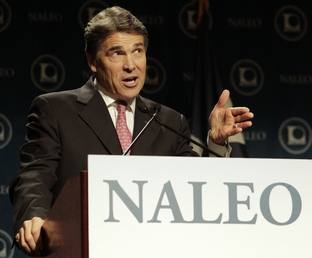



 The Texas Progressive Alliance is ready to say “Sine Die” for the second time as it brings you this week’s roundup.
The Texas Progressive Alliance is ready to say “Sine Die” for the second time as it brings you this week’s roundup.


